Spirorbid Worms belong to a genus of very tiny polychaete worms (about 2-5 mm). They usually have a small white coiled shell and are often found on the aquarium’s rocks, glass, and substrate.
Most members of polychaete worms dwell in the sublittoral and lower littoral zones which are mainly occupied by rocky shores.
Generally, Spirorbid Worms are attached to seaweeds, although some species live directly on shells, rocks, or rigid substrates.
These worms have been considered to have been in existence since the Early Paleozoic period, but new studies have shown that all Pre-Cretaceous Spirorbid fall under the Microconchids.
The original members of this genus existed in the Miocene, although Oligocene is also a possibility.
Maybe you decided to build or acquire a saltwater aquarium or a young reef tank; after a short while of enjoying the beautiful sight of a flourishing marine ecosystem, you start noticing some unusual changes.
Depending on the care you give to your reef tank or saltwater aquarium, the conditions can significantly change, thus affecting its pH levels.
This, in turn, can influence the development of microorganisms depending on the specific environmental micro conditions.
Some changes in your reef tank will indicate it is in good condition, healthy, and thriving, while some could mean that something of concern is happening.
Are the White Spots In Aquarium Spirorbid Worms?

Maybe you have seen some unusual pinhead-shaped white sports on your tank’s glass walls, living rock, overflow, or sump and wondered what exactly they could be?
Probably, you have come across a particular species of Spirorbid Worms.
For your information, Spirorbid worms are filter feeders and prefer inhabiting nutrient-rich environments such as rocks, shells, and rigid substrates, among others.
Under ideal conditions, such as temperature, nutrients, and pH, these filter feeders can breed at a very high rate and within a short duration.
However, you should not feel threatened by their presence in your reef tank since they are generally harmless.
The only issue with them is that they can become a little bit unsightly while clinging to the glass surface to look like an infestation or dirt, especially when they breed and multiply at an alarming rate.
Are Spirorbid Worms Good or Bad for the Aquarium?
Naturally, Spirorbid worms are harmless!
If you have come across some tiny white spirals on the surface of your aquarium rocks, glass, powerheads, or even substrate, then the chances are that your aquarium has been infested with these worms.
As stated earlier, these worms are spiral, and at optimum conditions, they can grow up to about 2 – 3mm in size.
Naturally, these worms are not dangerous and are filter feeders.
They naturally make a small rigid spiral shell where the worm lives and only pops up when feeding, just like the feather duster worms.
They do very well on natural sea creatures such as phytoplankton, coral foods, and other tiny powdered substances.
Moreover, they can also survive on detritus, uneaten fish foods, and fish wastes.
How To Get Rid of Spirorbid Worms?

Once you confirm that the pinheaded-shaped white spots are spirorbid worms in your marine aquarium, the next step is coming up with an effective way of removing them from your aquarium.
Apart from making your aquarium appearance less attractive, there are no potential dangers or real reasons you should altogether remove them.
For your information, Spirorbid Worms are naturally filter feeders, which means that they can somehow improve the health of your marine aquarium tank.
Out of experience, getting rid of spirorbid worms can be a long and demanding process, mainly because it involves removing them physically from the surfaces attached to them.
This must be done very carefully to ensure that everything is done away with; otherwise, leaving behind some would mean that the remaining spirorbid will breed and multiply once again.
The removal process involves physically getting rid of spirorbid worms from the attached surfaces and then altering the specific amount of nutrients needed to hinder further breeding.
However, it is equally important to note that a sudden decrease in the quantity of food for your fish and corals can negatively affect their health.
So, suppose you entirely want to get rid of the spirorbid worms.
Then, the good news is that there are predatory species that feed specifically on spirorbid worms, thus leaving your aquarium tank free from spirorbid worms.
All you need is to introduce such predators in your aquarium tank, but it is highly recommended that you first consult a professional before submitting them.
An expert should be able to analyze the best spirorbid worm predatory species for your tank and any potential dangers associated with such a strategy.
What are the Natural Predators of Spirorbid Worms?
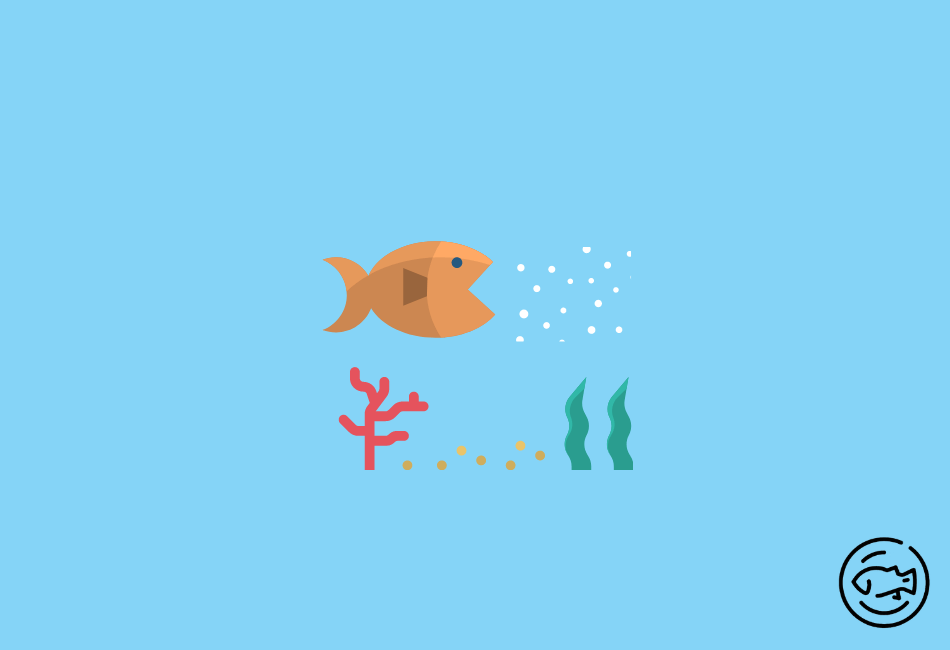
Maybe you have been wondering whether there is a natural way of removing spirorbid from your aquarium such that you don’t cause any harm to your treasured pet in the water.
Fortunately, several organisms feed on spirorbid worms naturally.
So, if you have been pondering if there are natural predators for Spirorbid worms, then the simple answer is Yes!
As an enthusiastic maritime pet lover, you would like to know if you can control these worms naturally.
Although very little is known about spirorbid worm predators, several individuals have removed or reduced these worms. These methods include the following but are not limited to:
Vayssierea Felis
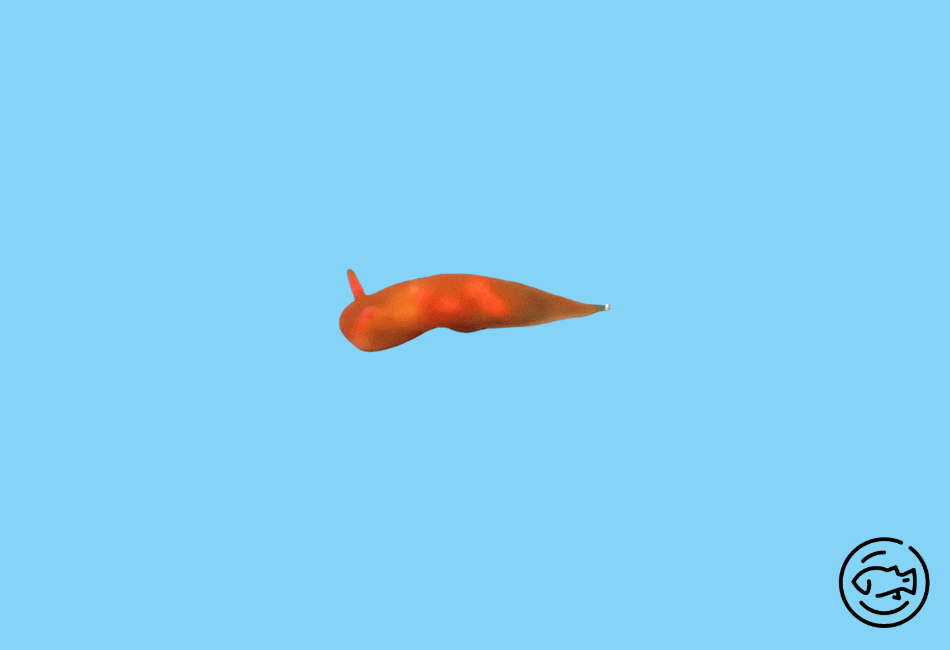
Vayssierea Felis is one of the best-known spirorbid predators since it does not cause harm to the rest of your aquarium pets, such as fish and corals.
These slugs are believed to originate from Indo-West Pacific.
These slugs are more effective at removing spirorbid worms because they act upon the worms within a short duration than the majority of other related tube worms that may end up colonizing a significant part of your aquarium tank.
Vayssierea felis are naturally bright orange, and at optimum conditions, they can elongate to approximately up to 6mm in size.
Ornate Leopard Wrasse
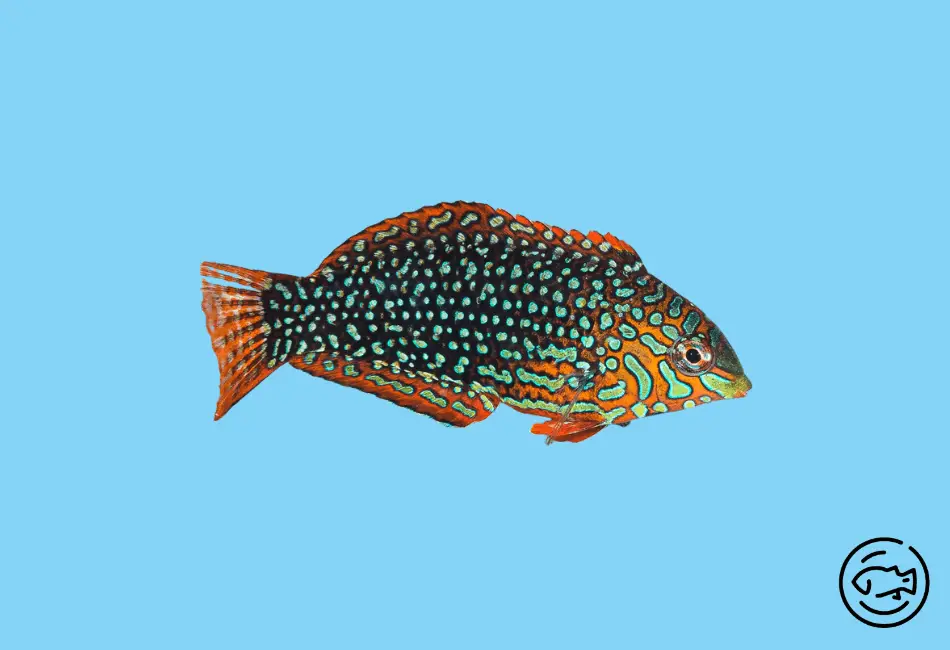
Ornate Leopard Wrasse is another famous predator of these spirorbid worms. Unlike Vayssierea felis, which feeds only on spirorbid worms, the ornate leopard wrasse species feed other smaller organisms, particularly those at the bottom of the aquarium.
Besides these tube worms’ predators, some aquarium fish species, especially those from the Labridae family, are also known as effective spirorbid worm predators.
Hermit Crabs
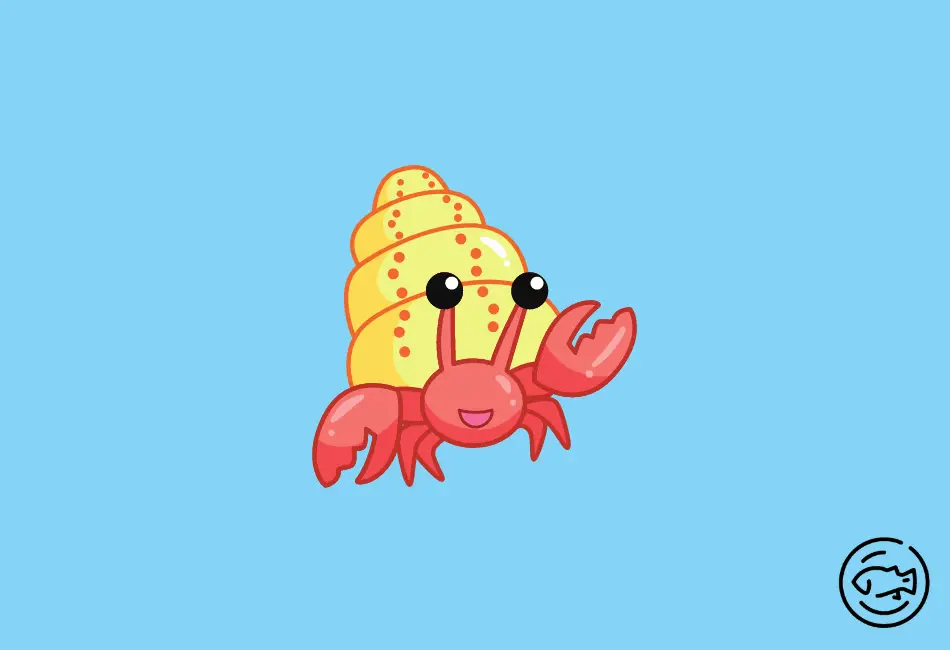
Using Hermit Crabs.
Some people claim that hermit crabs effectively pick these worms off any rock or substrate and feed on them.
Six Line Wrasse

Use of Six Line Wrasse.
Unless you are ready to accept the risks of following this route, it is not highly recommended.
Six Line Wrasses have a terrible reputation when interacting with other fellow tank mates.
Besides, it is not 100% guaranteed that these wrasses will eat the targeted worms.
Peppermint Shrimp
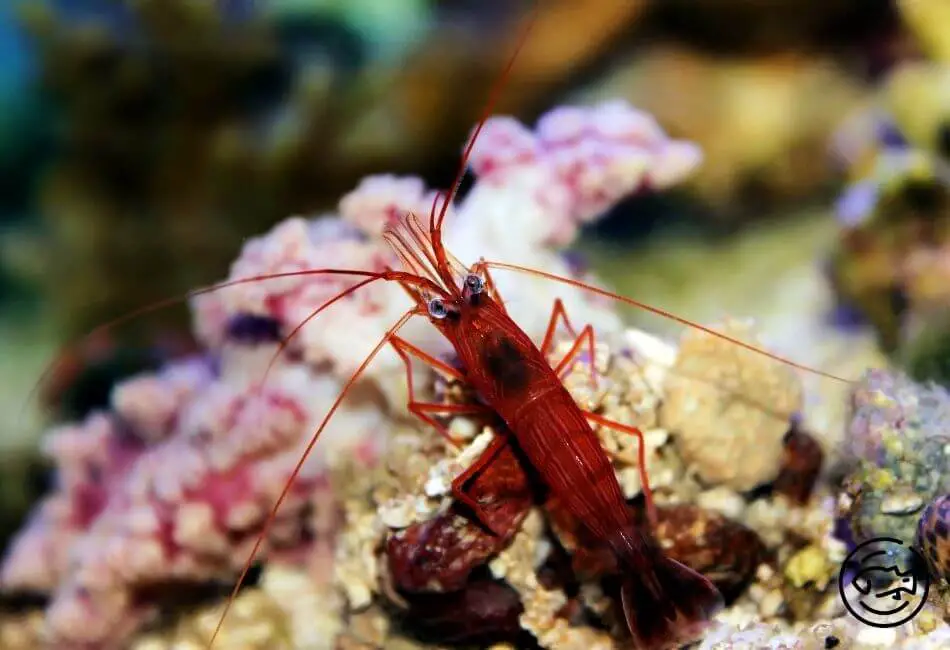
Use of Peppermint Shrimp.
Although many people tend to think that Peppermint Shrimp can extract spirorbid worms from the rocks, the fact is that Peppermint Shrimp do not actively invade these worms.
How To Control Spirorbid Worms Without Eliminating them?
As mentioned earlier, if you observe some tiny white spirals attached to the back of your reef tank, then your tank is probably inhabited by spirorbid worms.
Although you can let them dwell in the tank, there are times when they breed too fast and cover virtually all rocks or substrate in the tank. This is when you would like to reduce them without necessarily eliminating their entire population.
The most effective way of achieving this is by reducing the quantity of the food, especially the coral powders feeds.
This will result in a drastic drop in the nutrients available for a large population, resulting in reduced breeding and the natural elimination of a significant number of these worms.
Moreover, you can consider defrosting the frozen foods and only giving them away with liquid since this can significantly reduce the number of food particles available in the water.
A manual removal is also a practical option but this process involves scraping off the food particles from the glass or other parts of the tank where you don’t want anything on them.
What To Do if Spirorbid Worms Appear Again?
When you start observing these tiny critters, it is clear that your aquarium tank is now maturing.
For your information, these worms initially broom at a very high rate, but they eventually control the population as the tank gradually ages, i.e., a sign of nutrient depletion.
Although these worms are harmless, not everyone is happy seeing them covering their aquarium rocks or glass.
Conclusion
If you start noticing some tiny white spirals on your aquarium rocks, glass, substrate, or powerheads over time, the chances are that your aquarium has Spirorbid worms.
Generally, these worms are harmless, but sometimes you may want to get rid of them in your aquarium, mainly when they breed at an alarming rate, thus tarnishing the beauty of your aquarium.
As discussed above, there are several ways of reducing and even getting rid of these worms out of the tank. I hope that this article has been of great help to you on How to get rid of spirorbid worms.



